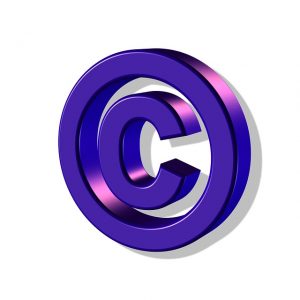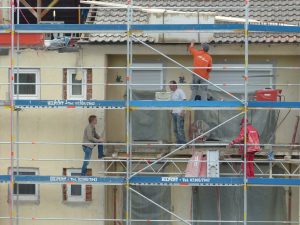 Retail businesses are in the cross hairs of hackers, according to a recent report from Trustwave, a provider of data security and payment card compliance solutions to businesses.
Retail businesses are in the cross hairs of hackers, according to a recent report from Trustwave, a provider of data security and payment card compliance solutions to businesses.
Retail businesses – specifically the cardholder data they possess – were the primary target of cyber criminals in 2012, says Trustwave. About 45% of the company’s investigations were in the retail sector, followed by food and beverage (24%), and hospitality (9%).
“Cyber could very well be the largest part of the exposure picture for these retail businesses,” says John O’Connor, Vice President of Strategic Product & Platform Development for Travelers Insurance. What makes the retail industry so appealing to cyber thieves? The sheer volume of payment cards used in these businesses make them obvious targets. Also, stores are relatively easy targets because they tend to focus primarily on customer service, rather than data security.
Widespread reporting of costly and embarrassing data breaches have made retailers increasingly aware of the exposures they face when storing customers’ data and swiping their credit cards.
Although hackers are targeting retailers of all sizes, smaller firms are particularly vulnerable because they often find it more difficult than their larger counterparts to keep their systems secure and to afford the heavy costs of notifying their customers about data breaches.
One insurance agent said, “A lot of these businesses aren’t the types that can absorb these costs. A data breach is one of those things they might not think about – but it can shutter their doors if it happens.” The good news: our agency can help you protect you against these risks by offer a variety of comprehensive, competitively priced Cyber Liability policies. Just give us a call.



 What distinguishes products, completed operations and professional liability?
What distinguishes products, completed operations and professional liability?




 Most construction projects include the use of scaffolding, which can leave your workers vulnerable to injury. To help you prevent falls on site, industry expert recommend that managers follow these proactive guidelines:
Most construction projects include the use of scaffolding, which can leave your workers vulnerable to injury. To help you prevent falls on site, industry expert recommend that managers follow these proactive guidelines:



